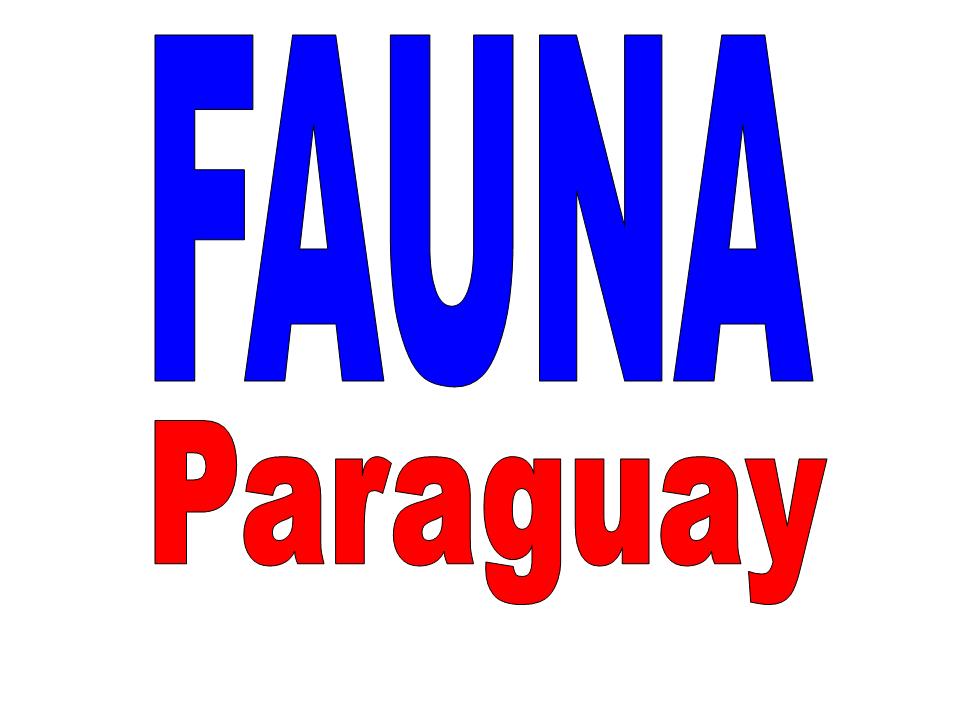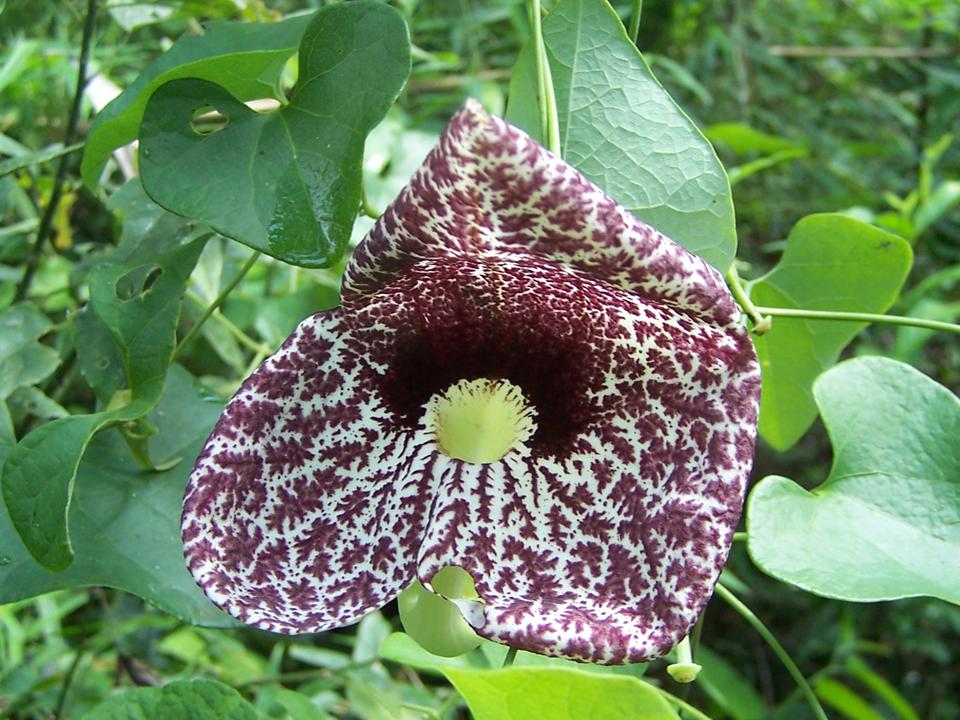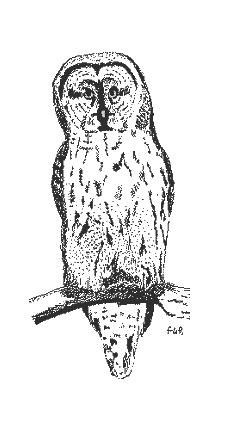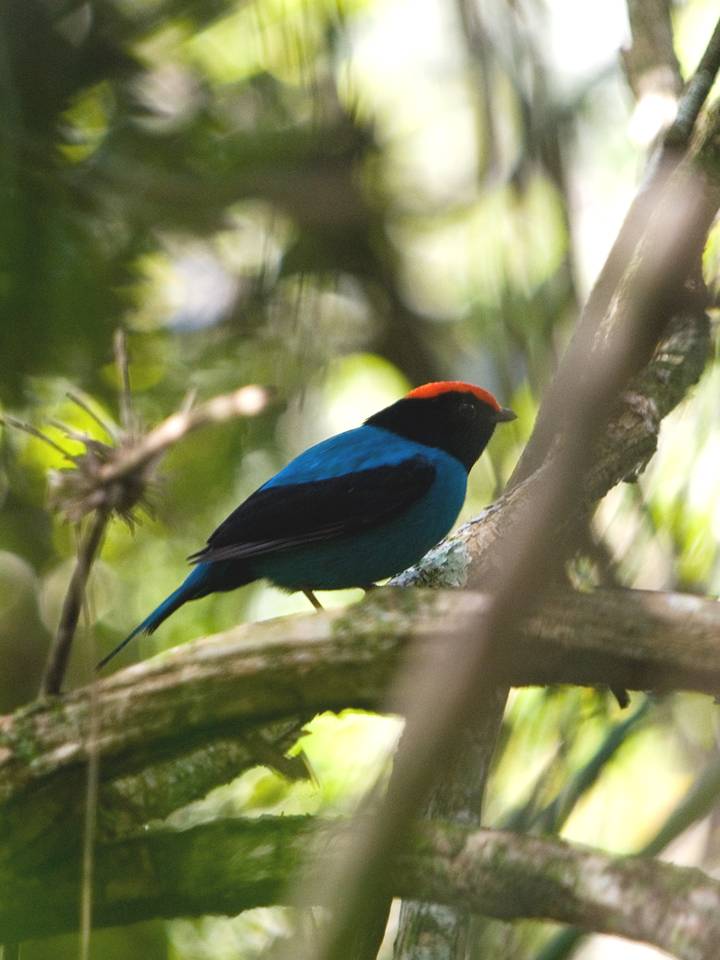

Designed by Paul Smith 2006. This website is copyrighted by law.
Material contained herewith may not be used without the prior written permission of FAUNA Paraguay.
Photographs on this page were taken by Paul Smith and Silvia Qu and are used with permission.
PARQUE NACIONAL YBYCUI DAY TRIP
Introduction:
An early start from Asunción so that we arrive in time for the activity at PN Ybycui, the closest Atlantic Forest site to the capital. This is a non-specialised gentle introduction to the forest and its ecosystems for those keen to find out more about how the animal and plant communities of Atlantic Forest fit together to form the spectacular whole. This is an educational day trip where you will learn about the ecology of the forest, man´s changing role in the ecosystem and the imminent threats that it now faces.
Bindweed (right)

FAUNA Paraguay tours are recommended by:
FAUNA Paraguay eco-tours are promoted by:
|
|
|
|
 | Birdfinders |
|
Main Targets:
This is essentially an educational trip in which you will learn about the Atlantic forest ecosystem and the threats that the forest faces. Birdwatchers may hope to see Blue Manakin, Chestnut-eared Aracari, Surucua Trogon and Cliff Flycatcher amongst others.
Recommended duration:
This is a full-day trip.
Best time to visit:
This day-trip is available year round.
Itinerary:
(Full-day from Asunción)
Day 1 - Departure from hotel at 4.30am, bird-watching PN Ybycui and return to hotel c7pm.
(Itineraries are subject to change according to levels of animal activity or client´s preference.)
What else might we see?:
Located 150 km southwest of Asunción in Departamento Paraguari, 5000ha Ybycui was, in 1973 one of the first national parks to be declared in Paraguay. Though small this is a superbly preserved patch of humid Atlantic Forest and represents the westernmost extension of this habitat in Paraguay. En route to Ybycui we will stop in a series of small wetlands to see a completely different set of birds, such as Streamer-tailed Tyrant, Seedeatears, Grass-finches and blackbirds including three particularly stunning species, the Scarlet-headed Blackbird, Yellow-rumped Marshbird and White-browed Blackbird.
With its ease of access this park is a good place to become initiated into the avifauna of the Atlantic Forest and around 300 species have been recorded here and in the immediate surroundings. Both the camp site and La Rosada are good places to look for birds such as: White-eyed Parakeet, Reddish-bellied Parakeet, Blue-winged Parrotlet, Yellow-chevroned Parakeet and Scaly-headed Parrot, Chestnut-eared Aracari, hummingbirds such as Fork-tailed Woodnymph, woodpeckers like Yellow-fronted, Little Woodpecker and White-spotted, plus two piculets Ochre-collared Piculet and White-barred Piculet. Other colourful birds we may see here include Purplish Jay, Plush-crested Jay, Surucua Trogon, Blue Dacnis, Guira Tanager, Hooded Tanager, Chestnut-vented Conebill, Burnished-buff Tanager and Red-rumped Cacique.
The park has a visitors reception area with a camp site, as well as a historic sector which contains the ruins of the first iron foundry in South America, known as La Rosada. Here there is a museum which contains materials that were built here during the War of the Triple Alliance. La Rosada was built in 1850 with the help of English engineers and includes a primitive high oven ventilated by an air pump, itself powered by a water wheel. The wheel is operated by water´s canalised from the Arroyo Mina via a small dam built along its course.
From the camping area a 900m trail runs to the Salto Guaraní waterfall on the Arroyo Mina, whilst another longer trail (3km) follows the lower part of the stream to the Salto Escondido waterfall. The trail is thin and rocky, but it is worth it to see some spectacular birds. Along here the Blue Manakin is abundant and the park is one of the best places to see the species. Other species we may see here include Band-tailed Manakin, Kingfishers, Woodcreepers, Foliage-gleaners, Antshrikes, Greenish Schiffornis, Tropical Parula, Golden-crowned Warbler, White-rimmed Warbler, Fawn-breasted Tanager, Red-crowned Ant-Tanager, Creamy-bellied Gnatcatcher, amongst others. You won´t fail to be impressed by the quantity of butterflies that surround you either, especially in the area around Arroyo Mina. Prince among them is the bright blue Helen´s Morpho which accompanies us along the trails.
During the afternoon we will be looking more closely at the forest ecosystem as a whole and the role of the differing animals within it. We will learn about the importance of the Atlantic Forest on a global, national and local scale and the conservation threats that it faces. Having spent the morning looking at the larger and more eyecatching forest inhabitants we will concentrate on the smaller members of the forest animal community, looking at the roles of invertebrates and the fascinating strategies that they employ in order to survive in this competitive environment. We will discuss the roles of humans in the Atlantic Forest, both historically and today, and learn how differing attitudes can have an enormous effect on the environment. Finally we will talk about what the future holds and what we can all do to make sure that it is a bright one.

What does it cost?:
The price includes pick-up from and return to Asunción hotel, accommodation, transport, food, non-alcoholic drinks and guiding fees.
It does not include travel insurance, personal expenses, alcoholic drinks or travel costs incurred before the beginning of the tour or after return to Asunción.
This full-day trip has the following cost per person:
125 euros per person including packed lunch
A minimum of two people is required to run this day-trip.
For further information or to book your tour email us at faunaparaguay@yahoo.com.ar
Blue Manakin male Chiroxiphia caudata



